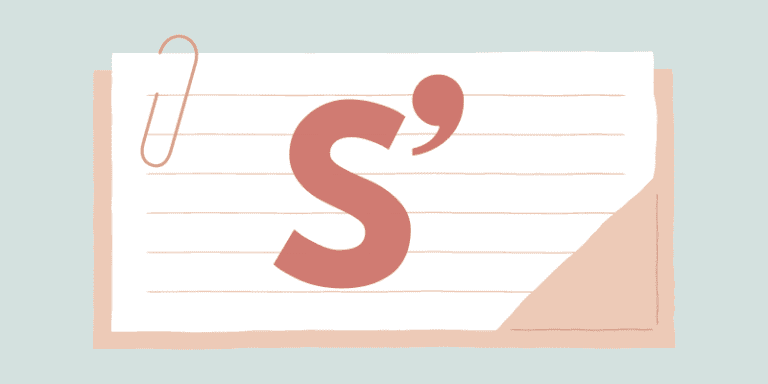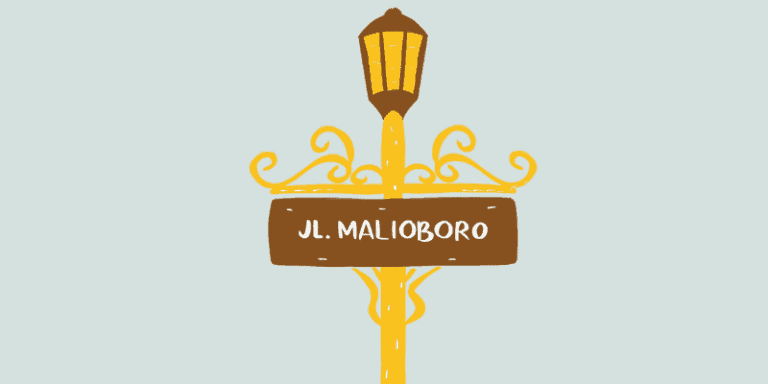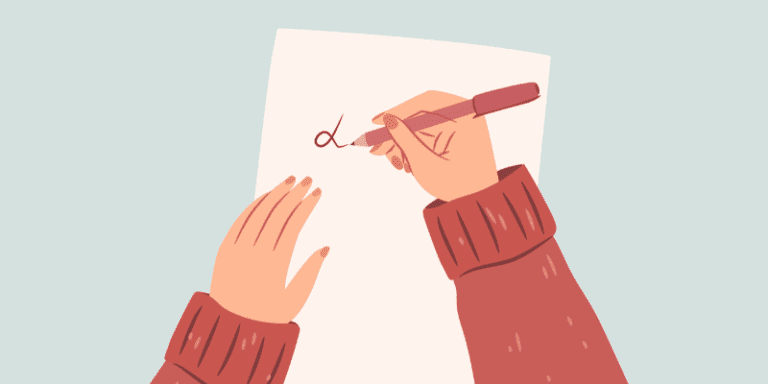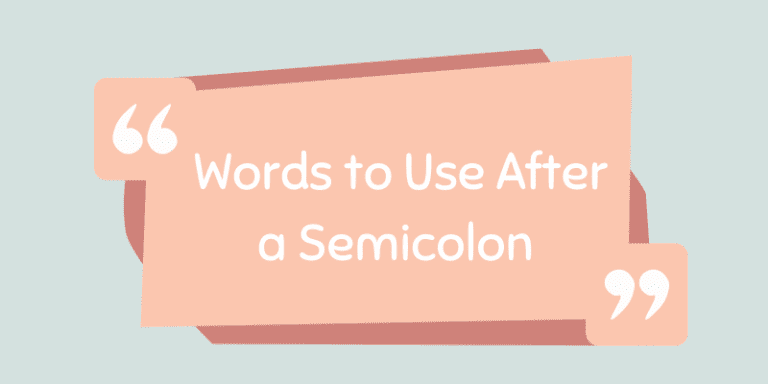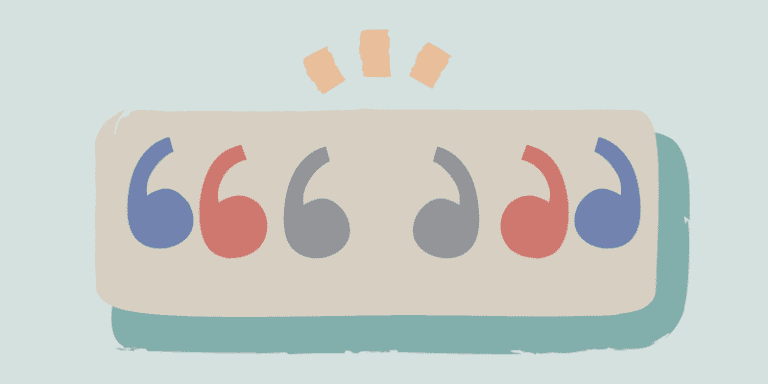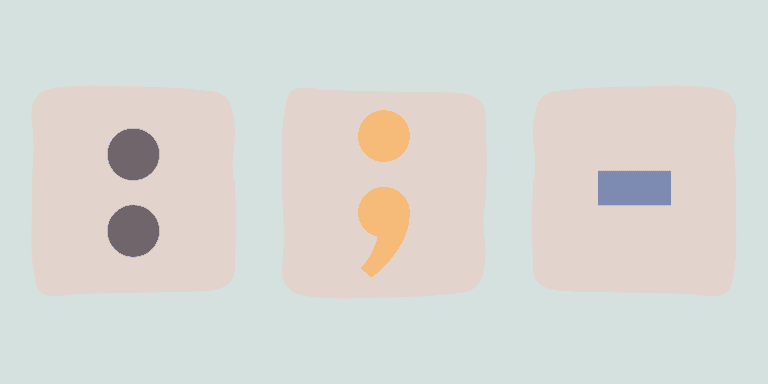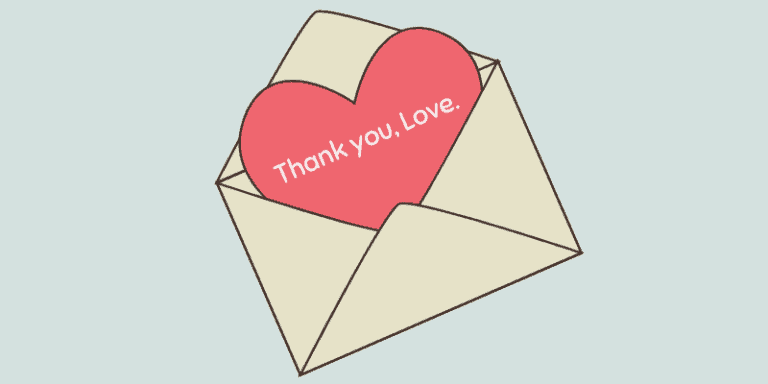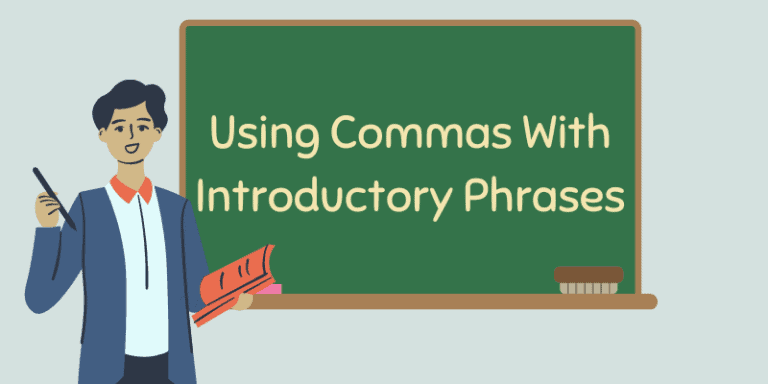Apostrophe After S – Rules and Examples
Why do we say Travis’s album but Socrates’ ideals? The different rules for apostrophes after S can be tough, but I’ll make them simple for you. Keep reading to learn when to use an apostrophe plus S (‘s) or an apostrophe (‘) for words ending in S. I also provided …
